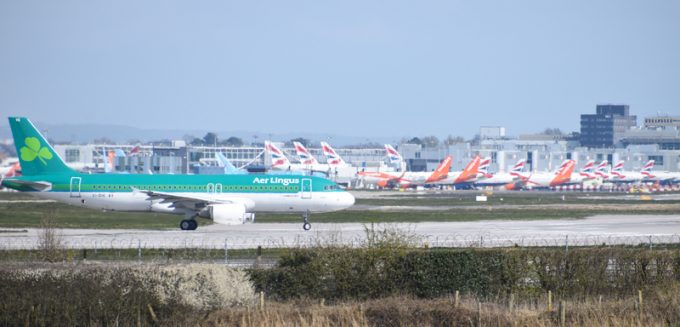Trade war retreat a massive boost for Boeing
Boeing’s fortunes have been revived somewhat following a surrender in the trade wars. Chinese countermeasures ...

The disintegration of the major airlines has begun. Yesterday, British Airways (BA) announced the likely loss of 12,000 jobs, one quarter of its workforce, as it warned that it would take years to return to 2019 levels of passenger demand.
The carrier announced preliminary results of ...


Comment on this article
Mauricio Mutis
April 30, 2020 at 7:37 amWould it be possible for you guys to run a piece on Avianca Holdings?
Alex Lennane
April 30, 2020 at 9:04 amWe ran an article on Avianca Cargo, here: https://theloadstar.com/avianca-ramps-up-cargo-flights-on-passenger-aircraft-to-boost-capacity/
But are you looking for something on its finances?